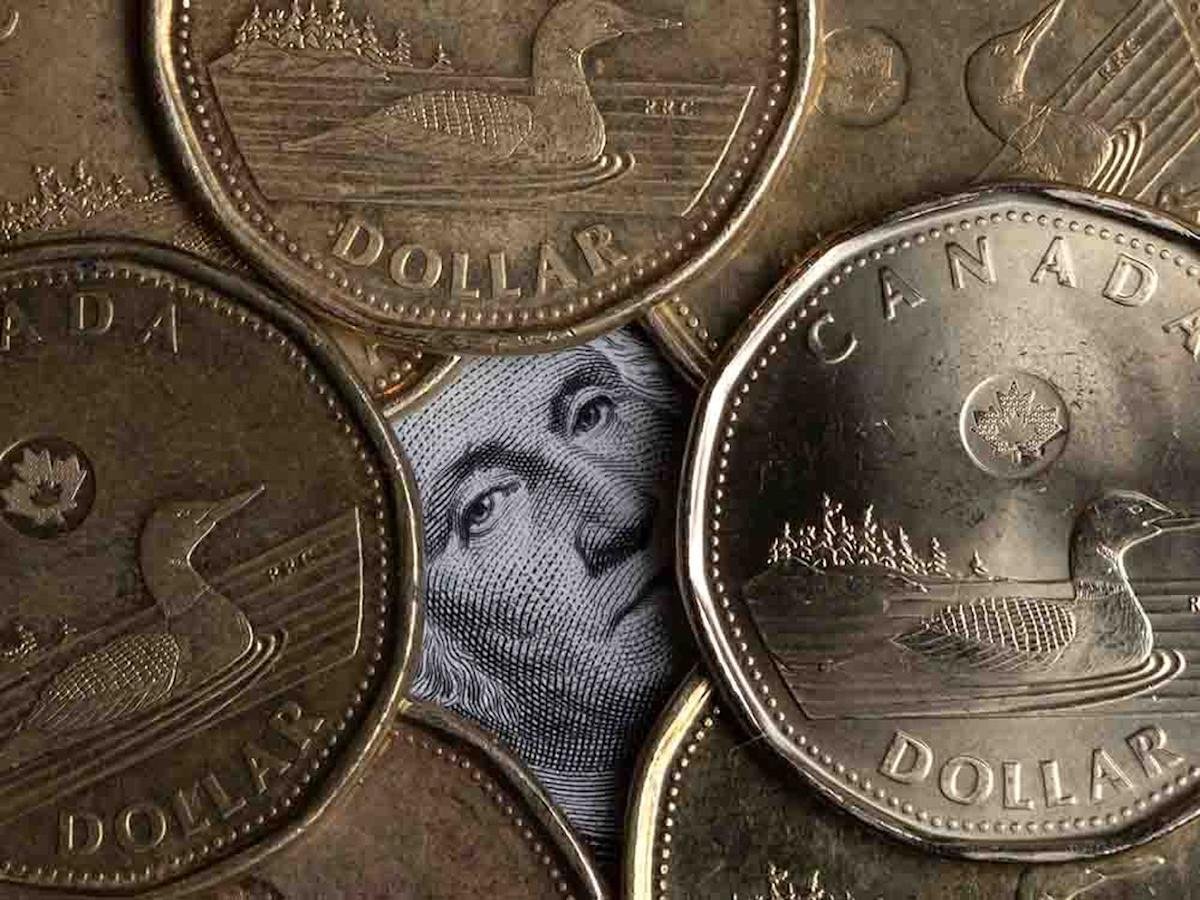The parallel exchange rates plummeted and the country risk index surged this week in the first days of the government applying the “monetary scheme” President Javier Milei announced on Saturday, targeting peso emission by selling dollars in financial markets. Analysts consulted by the Herald had conflicting views on whether this would help achieve the scheme’s stated goal of stabilizing foreign exchange markets long term.
Starting Monday, the government is selling U.S. dollars in the financial markets in a bid to decrease the parallel exchange rates after they reached record-high levels last week. The strategy, also used during Alberto Fernández’s administration, was presented by Milei as a step toward “zero monetary emission” as the government aims to absorb the same amount of pesos the Central Bank issues to purchase U.S. dollars.
As with the previous administration, Milei’s unexpected announcement faced criticism for depleting the Central Bank’s low reserves in order to reduce the gap between the official and parallel exchange rates. A report by consulting firm 1816 said the government plans to sell approximately US$2.9 billion to “sterilize” some AR$2.5 trillion.
The decision brought some calm to the parallel U.S. dollar market. The informal “blue” dollar rate decreased by 6.3% between Friday and Tuesday, from AR$1,500 to AR$1,415. The financial rates also went down — the blue-chip swap rate went from AR$1,427.9 to AR$1,286 (a 9.9% decrease) and the MEP rate plummeted by 9.7% as it was AR$1,416.2 on Friday and ARS$1279 on Tuesday.
Meanwhile, Argentine bonds plunged and Argentina’s Emerging Markets Bonds Index (EMBI) surged from 1,511 to 1,586 points.
A broker from a large firm in Buenos Aires told the Herald that he was “stunned” by Saturday’s announcement.
He added that the decrease in the parallel dollar market would be “short-term” as it would hinder the Central Bank from accumulating international reserves and generate problems in the U.S. dollar bond market “with the risk of contagion the peso bond market.”
The government took note as, on Sunday, just before the Copa América’s final, Finance Secretary Pablo Quirno posted on X that the government would buy and wire the U.S. dollars to meet the interest payments of Globales and Bonares bonds, which mature in January 2025.
In a report published on Friday, consulting firm Ecolatina stated that net reserves are currently negative US$3.7 billion
“Caputo should be worried because the country risk is rising, not because of the exchange rate — that is the Central Bank’s problem, which it should handle via the [interest] rate,” the broker said.
Analyst Gustavo Ber said that financial assets have responded “cautiously,” adding that the gap between the official and the parallel rates could decrease up to 30%, with the financial dollars going down to about AR$1,200. He added that the agricultural sector may sell its dollars to the government as the “blend dollar” scheme allows them to liquidate 20% of exports to the blue-chip swap rate, and the dollar price in that market is falling.
“It would be important to take advantage of this window [of a low “gap” between the official and the parallel rates] to move toward an exit from the currency controls,” Ber said. “To the extent that progress can continue to be made in the monetary order, and if the gap is sufficiently compressed, I believe that the next few months could begin with a gradual liberation of the controls.”
Central Bank’s vice president Vladimir Werning laid out this measure as part of “stage two” of the government’s economic plan, with stage three being the lifting of foreign exchange controls and establishing a “currency competition” regime.
“Lifting exchange controls requires prudential reserve management,” he said on Monday during a presentation before Wall Street investors in New York City.






